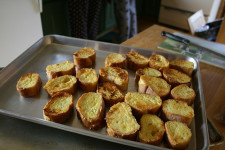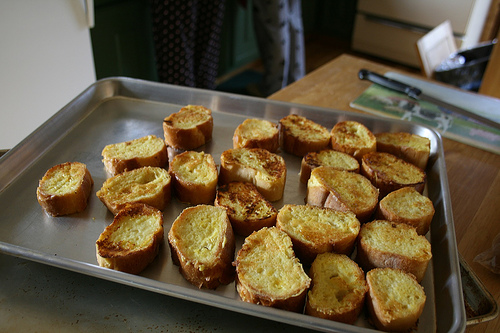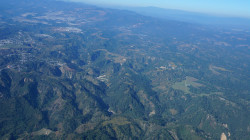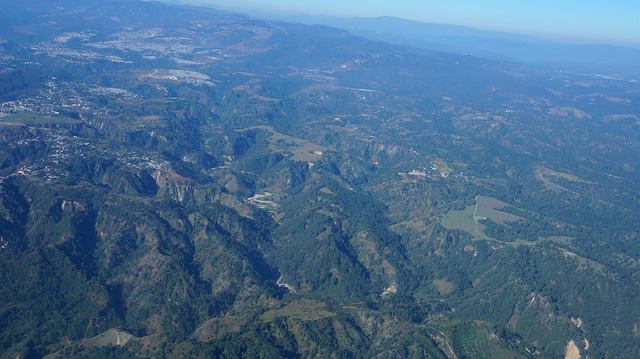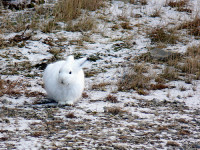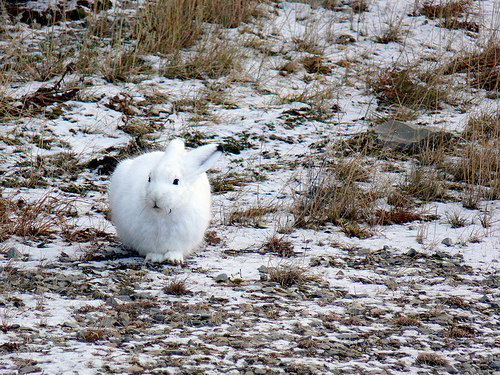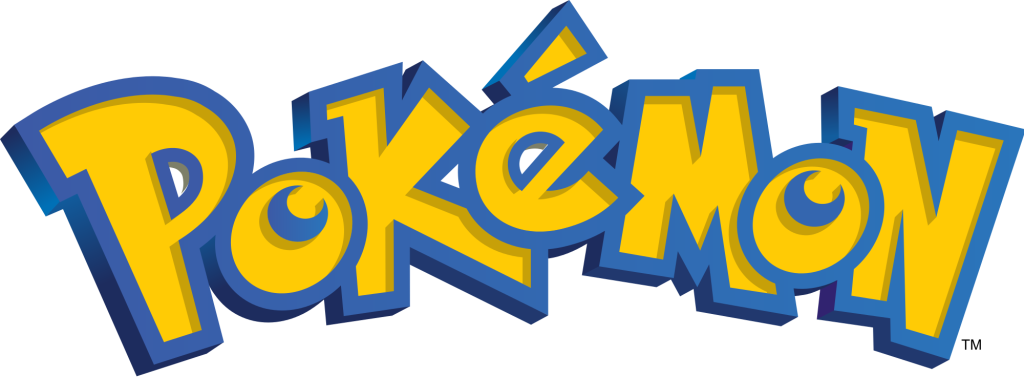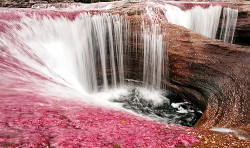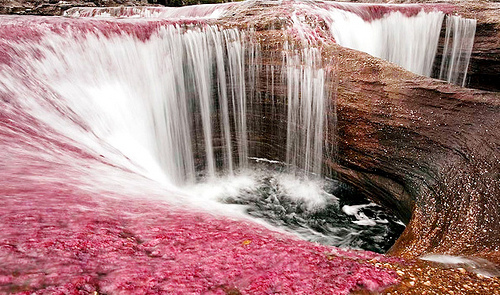
Roseate spoonbills are really as vivid as a rose against the lakes.
- Roseate spoonbills are a species of bird found mostly in lake, swampy and mangrove areas of South America, but also in Central America, and southern parts of North America.
- The scientific name of a roseate spoonbill is Platalea ajaja, and is also known as Ajaia ajaja, and is from the family Threskiornithidae, the family of spoonbills and ibises.
- Roseate spoonbills generally grow to be 60 to 80 centimetres (23.6 to 31.5 inches) in height and have a wingspan of 110 to 130 centimetres (43 to 51 inches).
- The plumage colour of roseate spoonbills is a combination of pinks, whites and reds, and they often have some pale green, grey and orange features.
- Roseate spoonbills are wading birds, and as such their diet consists primarily of aquatic insects, small fish, and shrimp.
Roseate Spoonbill
Image courtesy of Insu Nuzzi/Flickr
- Female roseate spoonbills typically produce a clutch of two to five white eggs that are speckled with brown, which are laid in a nest they build, usually in a tree near water.
- The 15 to 18 centimetres (6 to 7 inches) long, flat-ended bill of a roseate spoonbill is utilised by swinging back and forth underwater to collect food, and on it are sensors that allows the bird to know when it has come in contact with food.
- A roseate spoonbill does not usually sit or lie down when asleep and instead stands, often on one of its long legs, while tucking its head into its plumage.
- Roseate spoonbills have an average lifespan of ten to fifteen years; and they live in flocks, and when in flight, they are typically arranged in a pattern, often diagonally.
- The habitat of roseate spoonbills is under threat in a number of regions; and they have been traditionally hunted for both food and for their striking feathers, however, they have since been protected for many years in some areas, and are listed as ‘least concern’.
Bibliography:
Roseate Spoonbill, 2015, Wikipedia, https://en.wikipedia.org/wiki/Roseate_spoonbill
Roseate Spoonbill, 2016, A-Z Animals, http://a-z-animals.com/animals/roseate-spoonbill/
Roseate spoonbill (Platalea ajaja), 2015, Nature Works, http://www.nhptv.org/natureworks/roseatespoonbill.htm
Roseate spoonbill (Platalea ajaja), n.d, Wildscreen Arkive, http://www.arkive.org/roseate-spoonbill/platalea-ajaja/






